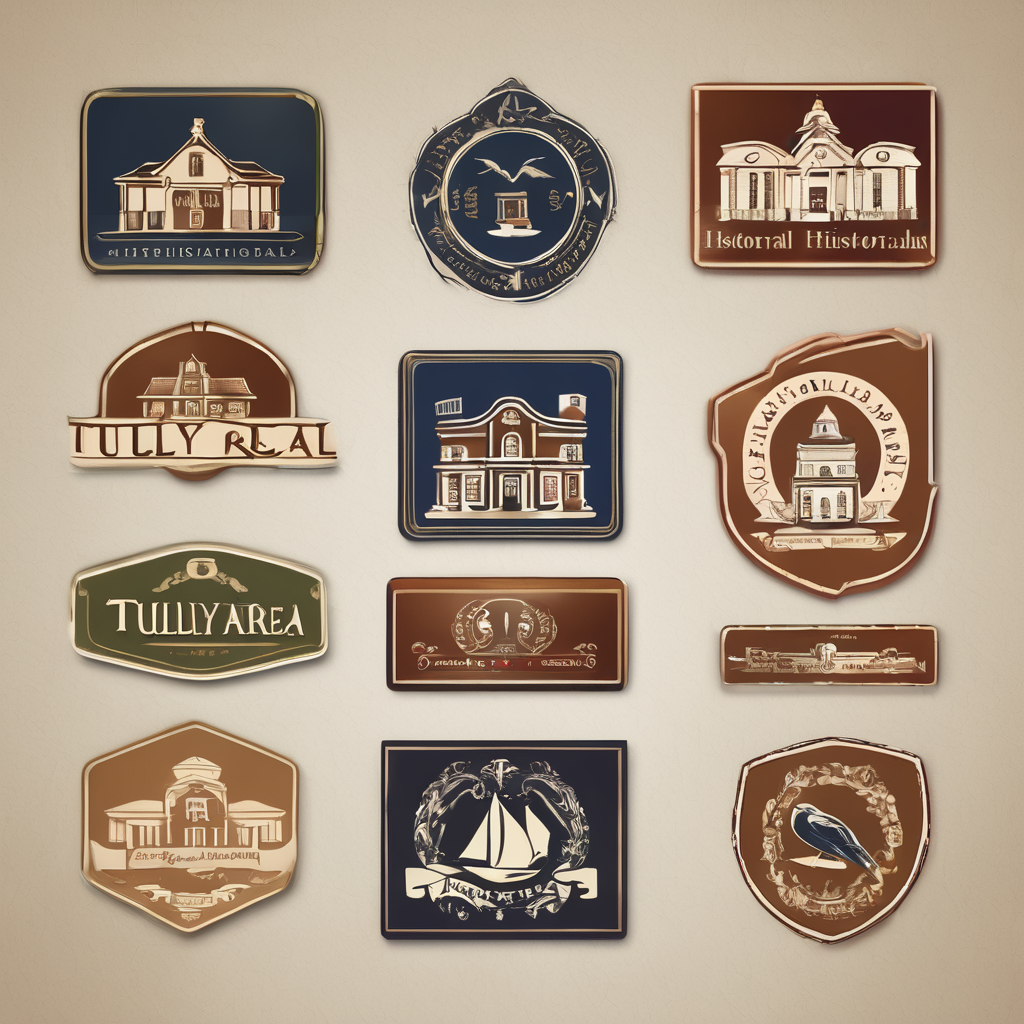Overview of Stroke Rehabilitation Challenges
Navigating stroke rehabilitation presents numerous impediments for patients and medical professionals alike. These recovery challenges range from physical to cognitive deficits—hampering the journey towards a healthier life. Stroke patients often endure difficulties with mobility, communication, and daily activities, underscoring the necessity for comprehensive strategies in patient care.
Rehabilitation must be tailored. Personalised care strategies become indispensable. Patients respond differently to treatments, necessitating custom approaches that focus on individual capabilities and needs. This personalization not only addresses physical disabilities but also attends to psychological well-being, significantly impacting recovery outcomes.
In the same genre : Revolutionizing Mental Health: Creative Art Therapy Programs in Museums for Enhancing Visitor Wellbeing
However, the current rehabilitation frameworks often fall short in offering the variety and intensity of care required to meet these multi-faceted needs. Hence, innovative solutions are urgently needed. By integrating technology, such as augmented reality and other advanced therapeutic techniques, we can potentially streamline recovery processes and improve patient engagement.
The road to recovery is complex, involving a myriad of factors that demand persistent efforts and innovative thinking. Understanding these challenges is essential for devising effective, patient-centered rehabilitation and for laying a path to improve life quality post-stroke.
In parallel : Unveiling the Therapeutic Power of Arts and Crafts in Social Prescribing for Chronic Illness Mental Health
The Role of Augmented Reality in Stroke Rehabilitation
Augmented reality (AR) presents transformative potential for stroke rehabilitation by enhancing traditional recovery techniques. Recognised as an interactive experience, AR overlays digital elements onto the real-world environment, offering patients a unique and engaging way to practice motor skills and regain function.
Integration of AR Technology with Rehabilitation Techniques
AR technology can seamlessly integrate with rehabilitation techniques, providing immersive exercises tailored to individual patient needs. For example, patients may engage with virtual objects or environments using specialized headsets or mobile devices, allowing for dynamic and interactive rehabilitation sessions. This integration enables real-time feedback and adaptation, assisting in refining motor control and cognitive tasks critical for stroke recovery.
Existing applications of AR in stroke rehabilitation include gamified treatment exercises that can motivate and stimulate patients, leading to increased compliance and improved outcomes. These applications typically aim to replicate traditional therapy tasks in a digital format while enhancing the experience through interactivity and personalization.
Overall, augmented reality serves as a promising tool to innovate rehabilitation techniques, bridging the gap between traditional methods and modern technology. By leveraging AR’s capabilities, healthcare providers can offer a more engaging and effective rehabilitation experience for stroke patients.
Case Studies and Use Cases of Augmented Reality in Rehabilitation
Exploring AR case studies in stroke rehabilitation uncovers insights into its successful implementation. Clinical trials have showcased AR’s transformative effect, providing dynamic and interactive experiences. For instance, a renowned study revealed patients engaging with virtual simulations experienced improved mobility and cognitive abilities compared to traditional therapy.
Patient testimonials bolster these findings, illustrating AR’s effectiveness. One patient noted augmented reality turned tedious exercises into an engaging journey, enhancing their motivation and commitment to rehabilitation. This emotional engagement boosts overall recovery, proving invaluable in maintaining consistency in therapy.
Comparative analysis between traditional rehabilitation and AR-enhanced rehabilitation highlights distinct advantages. Traditional methods may feel repetitive, often leading to patient disengagement. Conversely, AR-infused programs offer unique, personalized exercises. These programs adapt to individual progression, presenting continuous challenges and preventing monotony.
Real-world rehabilitation examples also underscore AR’s efficacy. A rehabilitation centre employing AR reported increased therapy adherence rates, attributing success to the technology’s immersive nature. Such case studies indicate augmented reality’s potential not only in enhancing patient experiences but also in improving tangible recovery outcomes, marking a significant advancement in stroke care methodologies.
Benefits of Implementing Augmented Reality in Stroke Recovery
The integration of augmented reality (AR) technology into stroke rehabilitation presents substantial benefits, particularly in enhancing patient motivation and engagement. One of the key advantages of AR is its ability to transform mundane exercises into captivating experiences. This increased engagement often results in improved recovery outcomes, as patients are more inclined to adhere to their rehabilitation routines.
AR technology supports both physical and cognitive rehabilitation, providing interactive scenarios that stimulate the mind and body simultaneously. By presenting exercises that adapt to a patient’s progress, AR encourages continuous improvement and mitigates the risk of monotony, which is a common issue in traditional rehabilitation methods. Moreover, the potential for tailored rehabilitation experiences ensures that each patient receives a unique program designed to address their specific needs and capabilities.
Healthcare providers leveraging AR find that this personalised approach not only enhances the rehabilitation process but also fosters a positive attitude towards recovery. Patients engaging with AR report feeling more in control of their rehabilitation journey, which contributes to higher motivation levels and better therapeutic results. Consequently, AR becomes a pivotal tool in advancing rehabilitation techniques for stroke patients.
Limitations and Challenges of Augmented Reality Technologies
The adoption of augmented reality (AR) in stroke rehabilitation is not without its hurdles. Current technological limitations, such as lack of high-fidelity simulations, can impact the effectiveness of rehabilitation. These limitations hinder the realism and responsiveness needed for an immersive experience that truly benefits stroke recovery.
Financial and resource challenges arise as clinics strive to integrate AR. High initial costs, coupled with maintenance and updates, can be prohibitive. Institutions may also face resource constraints, limiting access to the necessary technology and infrastructure. Consequently, implementing AR for widespread use requires substantial investment.
Moreover, barriers to use extend to the training of healthcare professionals. Mastery of AR tools and applications demands specific expertise that not all clinics can provide. Training programs are essential to ensure that medical staff can effectively operate these technologies, yet they represent an additional financial burden.
In addressing these challenges, clinics must consider strategic planning and budgeting to navigate these obstacles. While AR holds promise in transforming rehabilitation practices, overcoming these limitations and challenges is crucial for its successful implementation, ensuring that technology advancements are matched with practical, sustainable solutions.
Expert Insights on Augmented Reality in Clinical Practice
Augmented reality (AR) is revolutionizing stroke rehabilitation by offering dynamic, interactive tools. Rehabilitation specialists see immense potential in AR’s ability to transform patient engagement and therapeutic outcomes. They highlight that AR provides a customizable, immersive experience, effectively transforming mundane exercises into engaging activities, addressing the challenges faced in traditional setups.
Experts recommend healthcare facilities thoroughly evaluate their capacity for AR implementation. Successful adaptation largely depends on assessing existing infrastructure and resource availability. Facilities should invest in technology that promotes tailored rehabilitation experiences, which have been observed to bolster patient progress significantly.
An insightful trend among professionals is the anticipated interoperability of AR technology, seamlessly integrating with various rehabilitation systems. As AR advances, its increasing adaptability and accessibility are expected to reduce setup costs and broaden usage across clinics. Future trends also suggest that innovations such as biofeedback integration could further enhance patient monitoring and therapy customization.
Recommendations from specialists stress the importance of staff training to maximize the benefits of AR tools. Comprehensive training ensures proficient use, enabling healthcare providers to offer highly effective, state-of-the-art rehabilitation care. By embracing AR technology, clinics can improve patient care quality and elevate rehabilitation standards, signifying a transformative shift in stroke recovery practices.




